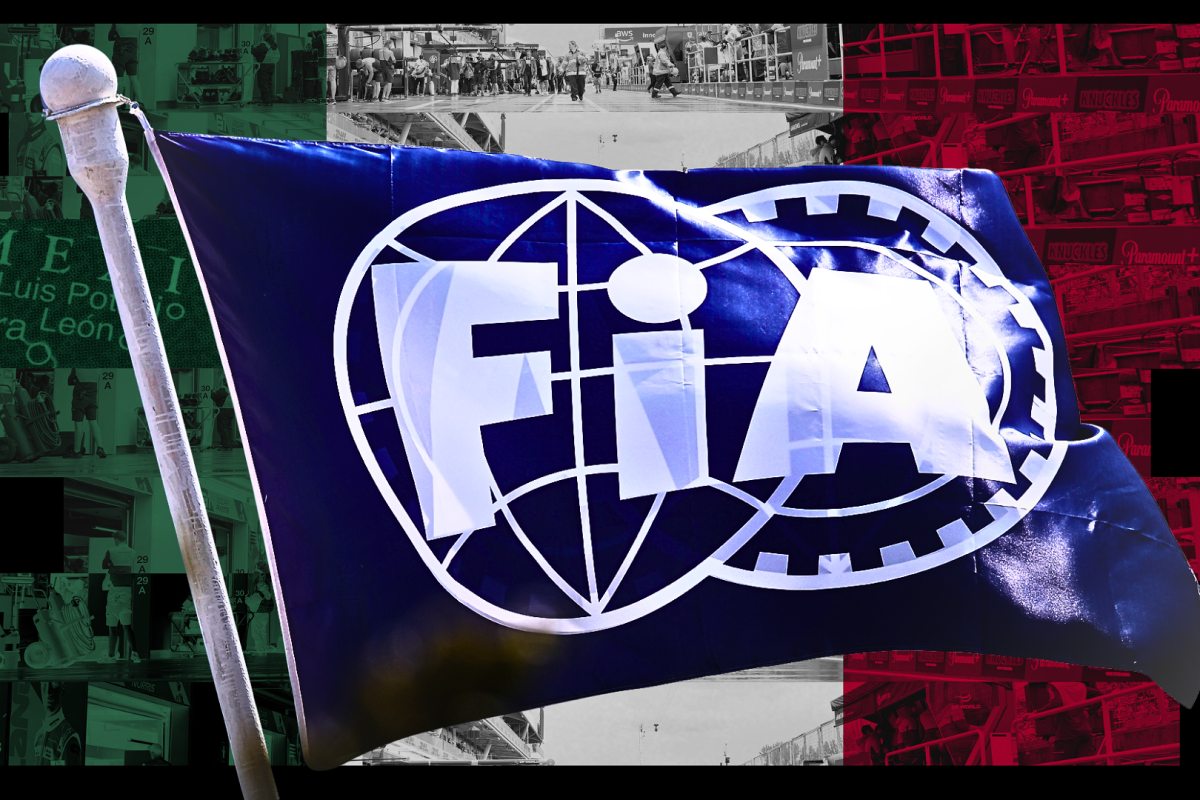FIA Issues Warning to Red Bull’s Arvid Lindblad After M… read more
The FIA has issued an official warning to Red Bull driver Arvid Lindblad following an incident during free practice at the Mexican Grand Prix, where he was accused of impeding Pato O’Ward. The decision came after stewards reviewed the circumstances surrounding the event, which unfolded amid widespread technical difficulties that affected all teams during the session.
Lindblad, who was driving in place of regular driver Lando Norris, came under scrutiny when he appeared to block O’Ward on a fast lap. The stewards summoned the young Red Bull driver to explain his actions, ultimately concluding that his maneuver was “objectively, potentially dangerous,” but not deserving of a sporting penalty. Instead, Lindblad received a formal warning — both to himself and to the team — acknowledging that the infraction occurred during practice and had no direct impact on the competitive outcome.
The official statement from the FIA stewards read:
“Notwithstanding, the actions of LIN constituted an unnecessary impeding and were, objectively, potentially dangerous. As the incident occurred during free practice and had no sporting consequences, the stewards decided to issue a warning to the driver and the team.”
This outcome means that while Lindblad avoids any grid penalty or fine, the governing body recognized the seriousness of the near-incident. The decision reflects the FIA’s effort to maintain high safety standards in Formula 1, even during practice sessions where data collection and driver acclimatization are the main objectives.
Technical Malfunction Blamed
Following the stewards’ verdict, Red Bull team principal Laurent Mekies shed more light on the events that led to the misunderstanding. Speaking to Sky Sports F1, Mekies revealed that a GPS system outage had disrupted all teams’ ability to track car positions in real time during the session. Without accurate GPS data, teams struggled to relay reliable information about on-track traffic to their drivers, leading to confusion and several close calls throughout the field.
“All the teams lost GPS in the session, so it was difficult with traffic,” Mekies explained. “We took the decision to leave Arvid on low-ish fuel to not give him the complication of high and low fuel. He did a very good job. It’s so difficult to jump in. The pace is there, so not much to argue against that.”
The technical failure Mekies referred to affected the live telemetry and GPS systems used by race engineers to communicate with their drivers. Normally, this data allows teams to warn their drivers when faster cars are approaching or when to give way. Without it, drivers had to rely solely on radio messages and their mirrors — both of which can be unreliable at high speeds, especially on a narrow and twisty circuit like Mexico City’s Autódromo Hermanos Rodríguez.
A Tough Situation for a Young Driver
The incident was especially unfortunate for Lindblad, who was participating in the session as part of Red Bull’s young driver program. Still relatively new to the world of Formula 1 machinery, he was already managing the challenge of adjusting to the RB21 car’s setup and demands. The confusion over track position and timing added another layer of complexity to an already difficult assignment.
Despite the hiccup, Mekies praised Lindblad’s composure and performance. “It’s never easy for a young driver to step into a Formula 1 car in a live weekend,” Mekies said. “With the GPS issue, it made things even tougher. But he handled it professionally, and his pace was impressive.”




